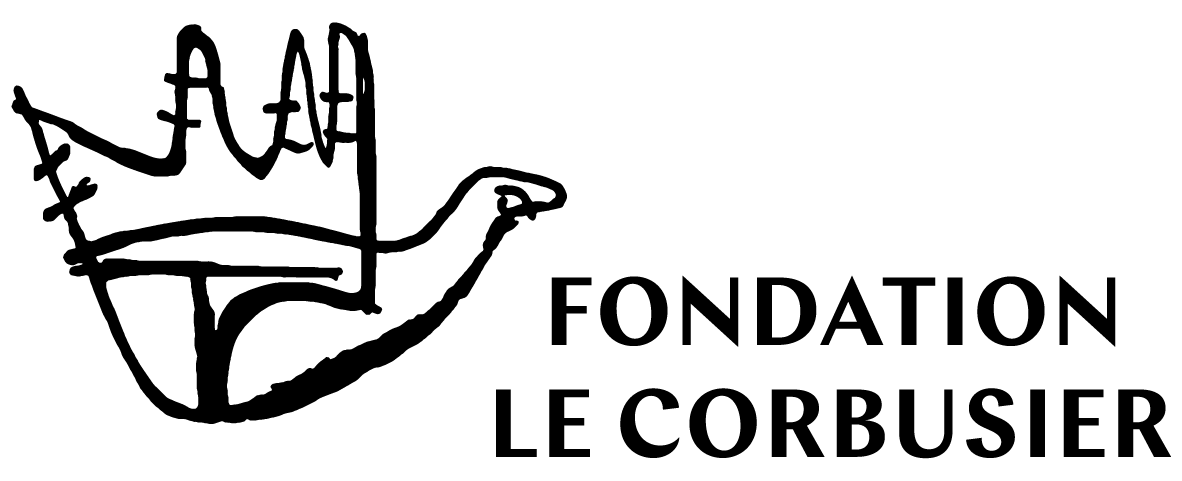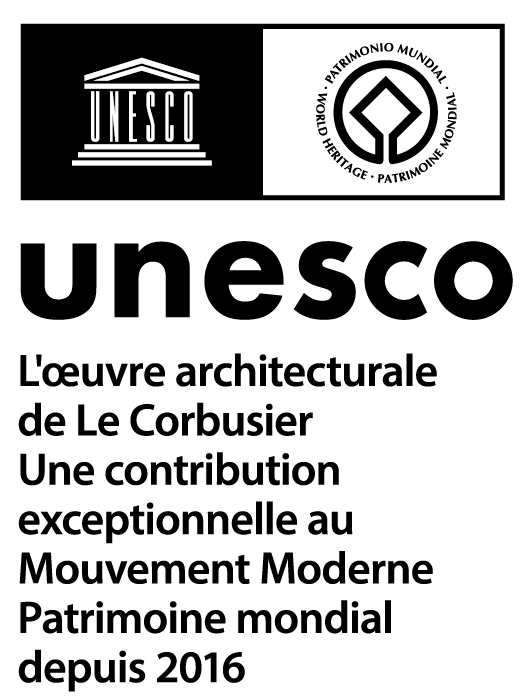Sainte-Marie de La Tourette
Est inscrit au patrimoine mondial de l’UNESCO depuis 2016. Propriété de l’ordre des Dominicains, il est la dernière grande oeuvre en France de l’architecte Le Corbusier.
- icon760, route de La Tourette - 69210 Éveux - France
- icon+33 04 72 19 10 90
- icon Nous Contacter | Contact Us
- iconLundi au Samedi : 09:30 à 12:30 et 13:30 à 18:00





